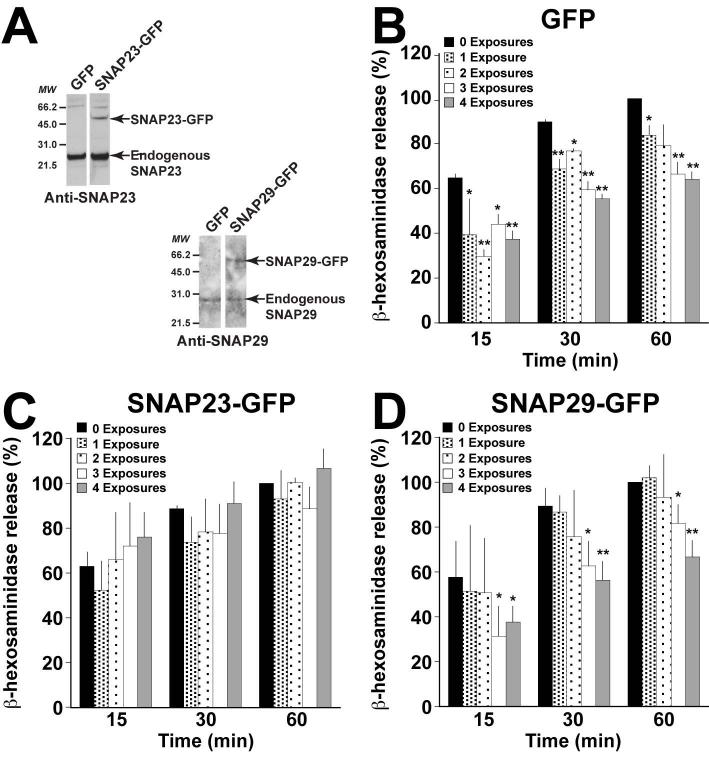Figure 3. Overexpression of SNAP23 compensates for the inhibitory effect of E. coli exposure.
(A) Stable populations of RBL-2H3 cells overexpressing GFP, SNAP23-GFP or SNAP29-GFP were generated. The expression of SNAP23-GFP and SNAP29-GFP were analyzed by Western blot using anti-SNAP23 and anti-SNAP29 antibodies. In each population, two bands were detected for SNAP23 and SNAP29, corresponding to the endogenous protein (lower band) and the GFP-fusion protein (upper band). Stable populations expressing GFP (B), SNAP23-GFP (C) and SNAP29-GFP (D) were cultured with or without E. coli, as described in Fig 1A, either 1, 2, 3, or 4 times with each exposure occurring 24h apart. After each exposure, 5×104 viable cells were plated in 96 well plates in a volume of 100μl per well and allowed to recover for 2h at 37°C. The cells were then stimulated with 1μM PMA/1μM Ionomycin for the indicated times and β-hexosaminidase release was quantified. The amount of β-hexosaminidase released at 60min in each unexposed population was considered 100%. Graphs represent the mean ± the standard deviation of 5 independent experiments conducted in duplicate. In all graphs, asterisks denote statistically significant p values, where * ≤ 0.05 and ** ≤ 0.01.

